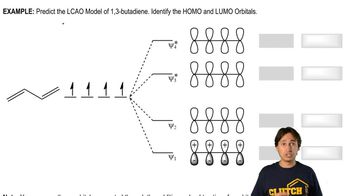Multiple Choice
Which of the following statements about conjugation is true?
185
views
 Verified step by step guidance
Verified step by step guidance Verified video answer for a similar problem:
Verified video answer for a similar problem:



 5:29m
5:29mMaster Definition of Conjugation with a bite sized video explanation from Johnny
Start learning